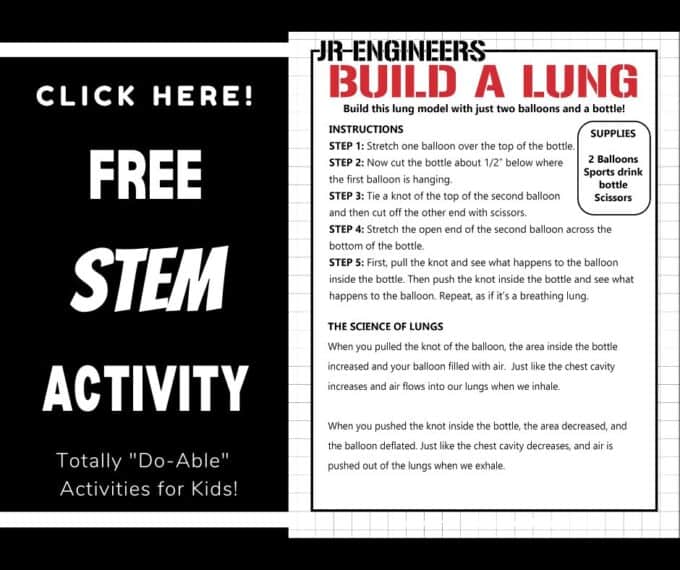We use them constantly but we don’t often think about them! That is our lungs, of course! Learn how our amazing lungs work, and even a bit of physics with this easy balloon lung model. A few simple supplies is all you need for this hands-on STEM project!
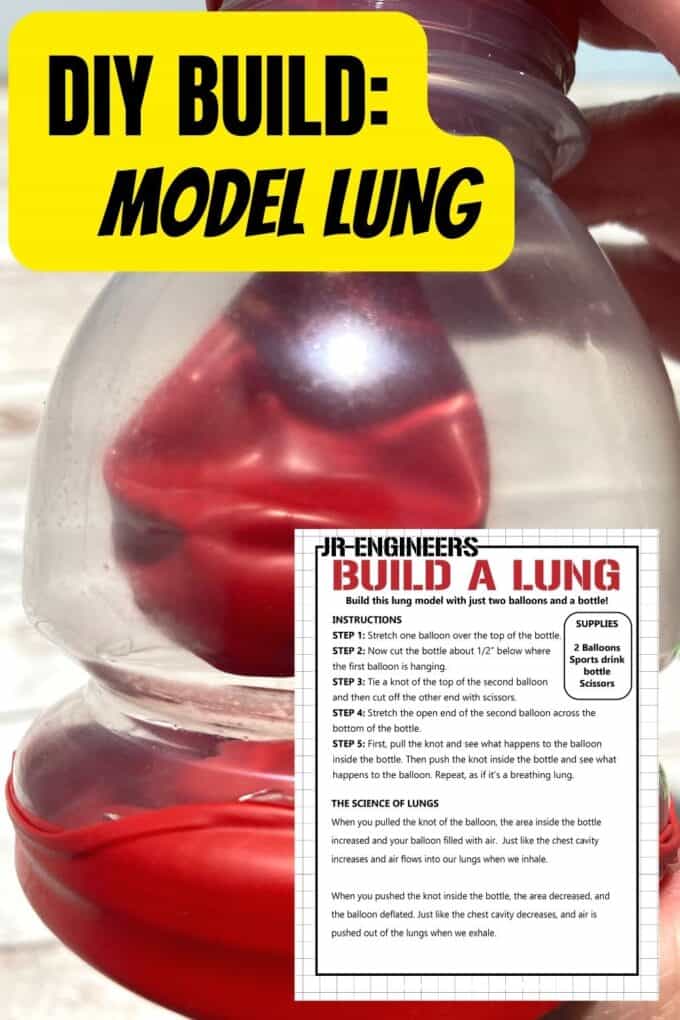
Learning about the body is one of the most interesting things for kids and adults alike! Our bodies are incredible and have so many different parts that work together to keep us healthy and alive.
This lung model experiment is an excellent way to teach kids about how air moves in and out of the lungs. In this activity students learn about inhaling, exhaling, diaphragm, and how the lungs play a major part in the respiratory system.
You can also make a DIY stethoscope to listen to the lungs.
How To Make A Lung Model
Watch the video! Also, check out how to make a heart model!
Supplies:
- 2 Balloons
- Sports drink bottle
- Scissors
Instructions:
STEP 1: Stretch one balloon over the top of the bottle.
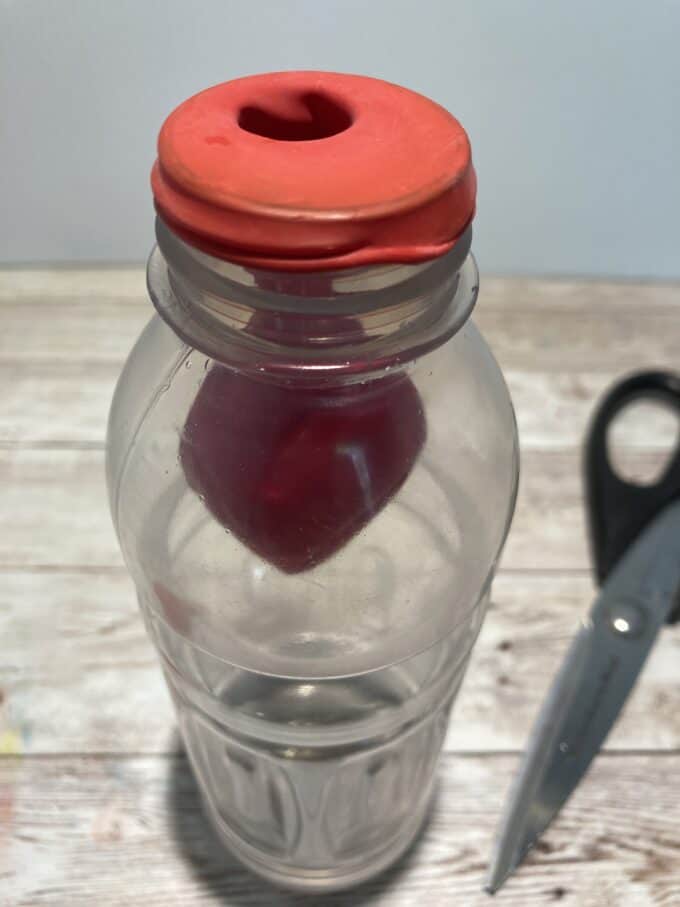
STEP 2: Now cut the bottle about 1/2” below where the first balloon is hanging.
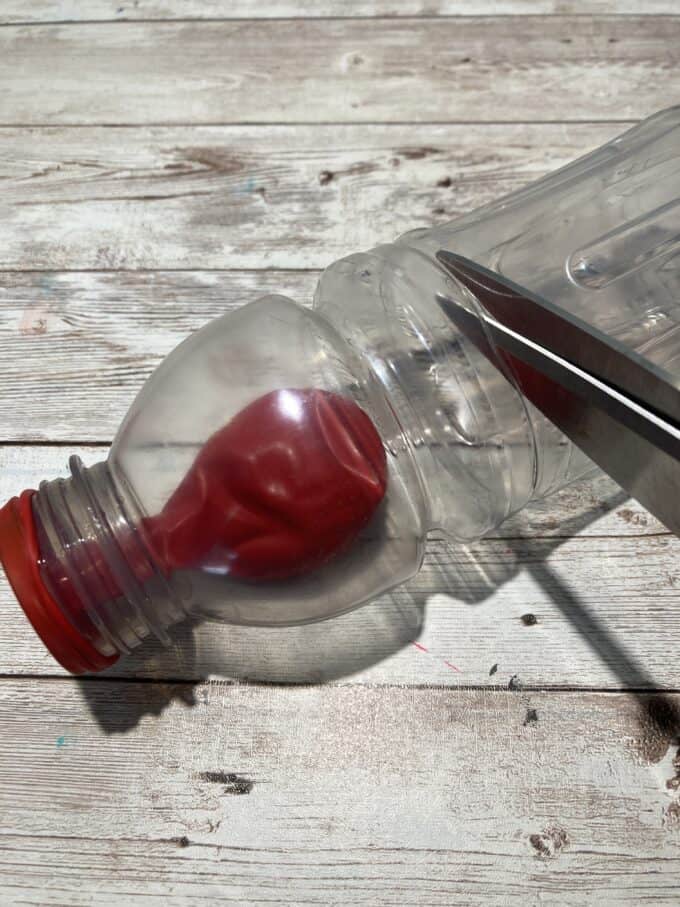
STEP 3: Tie a knot of the top of the second balloon and then cut off the other end with scissors.
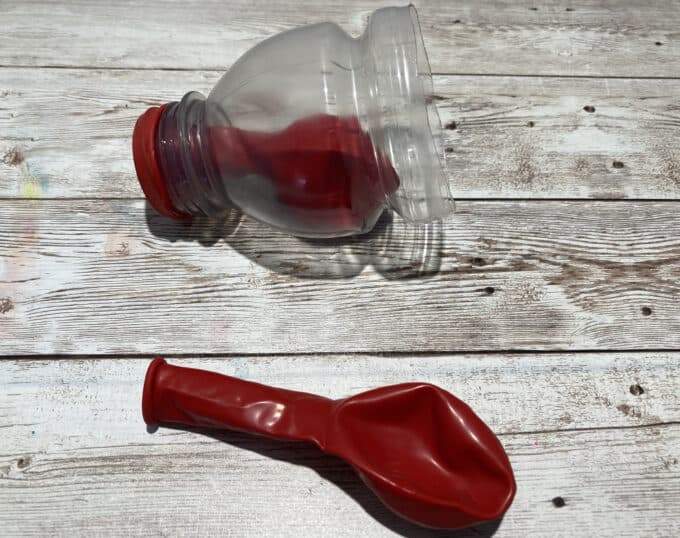
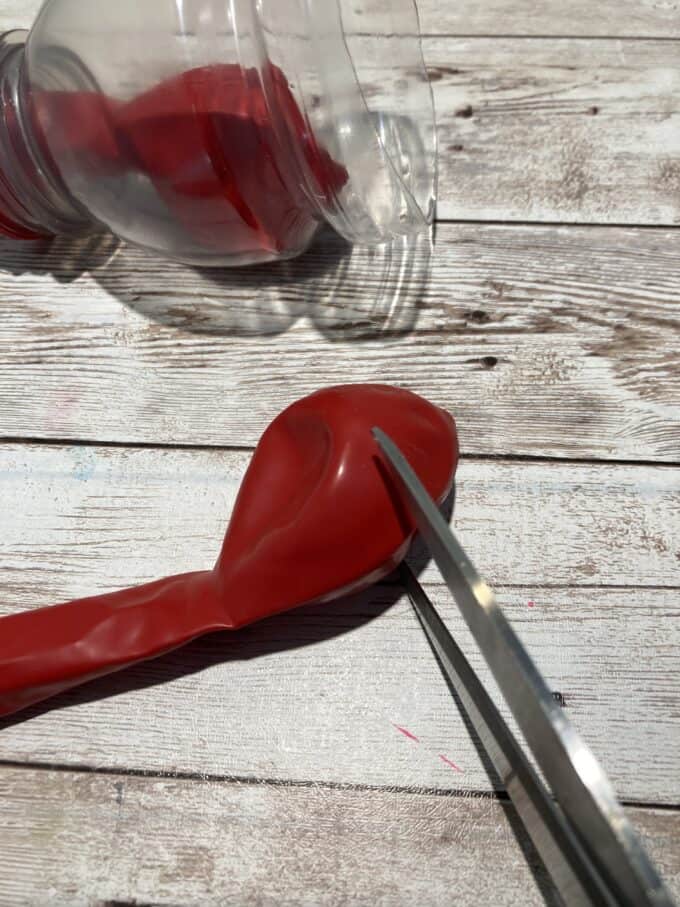
STEP 4: Stretch the open end of the second balloon across the bottom of the bottle.
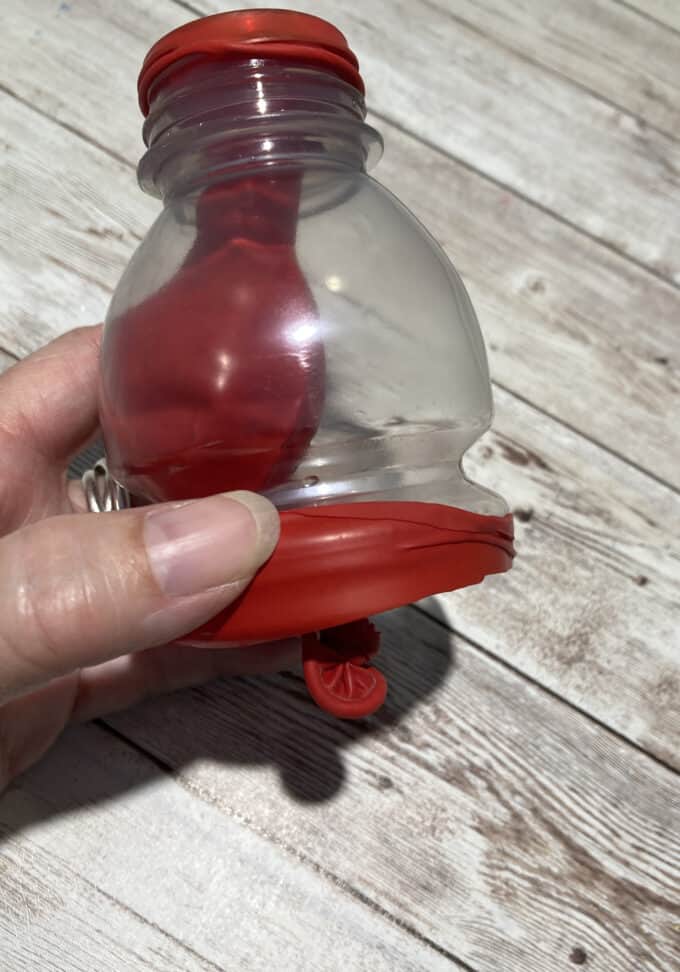
STEP 5: First, pull the knot and see what happens to the balloon inside the bottle.
Then push the knot inside the bottle and see what happens to the balloon. Repeat, as if it’s a breathing lung.
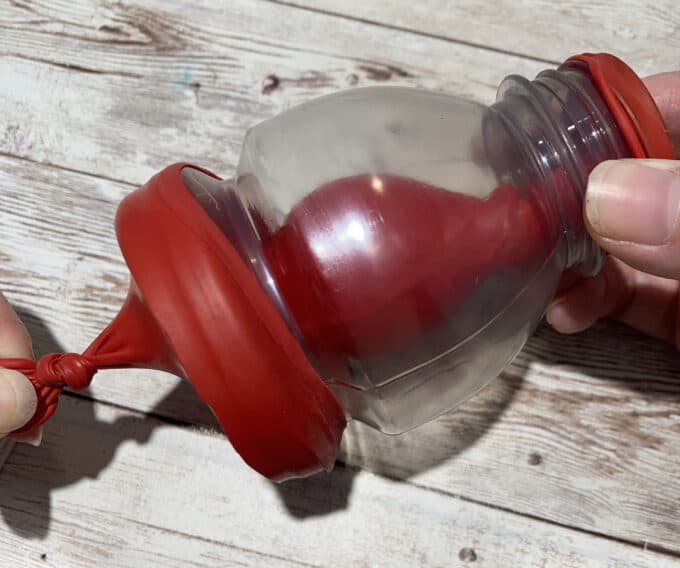
FREE Printable Lung STEM Project!
How Does It Work?
The lungs are the main organs of the respiratory system, which is how we breath. Your body needs certain levels of oxygen and carbon dioxide to stay alive. It is the function of the lungs to bring fresh air into the body, and get rid of carbon dioxide.
You have two spongy lungs, which are located of either side of your chest. The lung on the left side is smaller than the lung on the right side because it has to allow room for your heart.
In this model, the bottle represents your chest and the balloon on top of the bottle is one of your lungs. The knotted balloon at the bottom is your diaphragm.
When you pull the knot of the balloon, the space inside the bottle increases and your balloon fills with air. The increase in volume, corresponds with a decrease in air pressure. There is more room for the gas particles! Just like the chest cavity increases and air flows into our lungs when we inhale.
When you push the knot inside the bottle, the volume decreases, and the balloon deflates. Just like the chest cavity decreases, and air is pushed out of the lungs when we exhale.
The diaphragm is a thin muscle located below your lungs and heart. It contracts and flattens when you inhale, increasing the volume and decreasing the air pressure in your chest. This causes air to be sucked in through your nose and mouth.
When you exhale, the diaphragm relaxes, which decreases the volume and increases the pressure in your chest. This pushes the air out of the lungs.
Suggestions To Extend The Activity
- Try doing the experiment with a larger bottle and larger balloons. Does it change what happens to the “lung balloon”?
- Put your hand on your stomach. When you breathe in what happens to your stomach? Why does it do this?
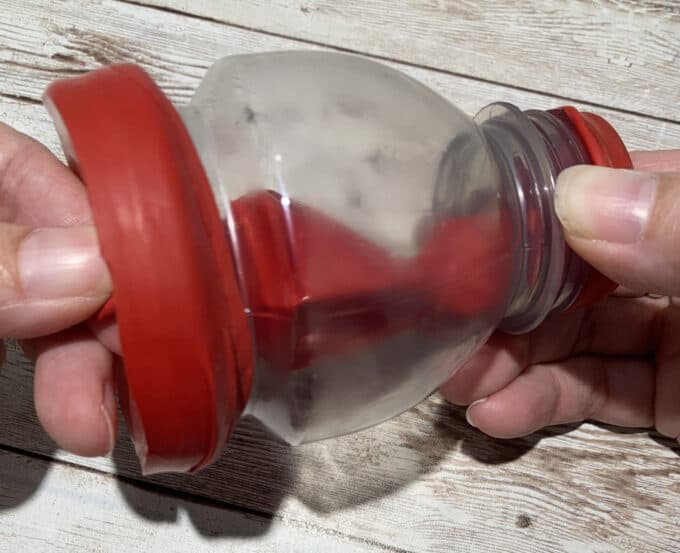
Learn More About The Human Body
- Make a DND model
- Learn about animal cells
- Make a heart model
- Create X-ray prints
- Make a stethoscope
- Do a color taste test experiment
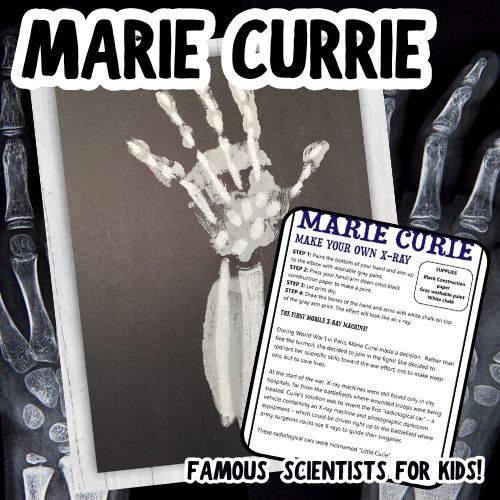
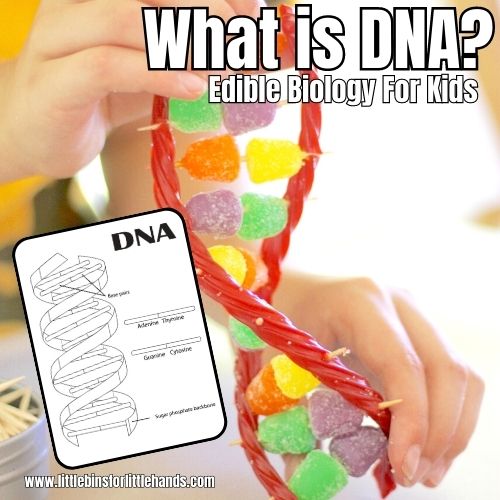
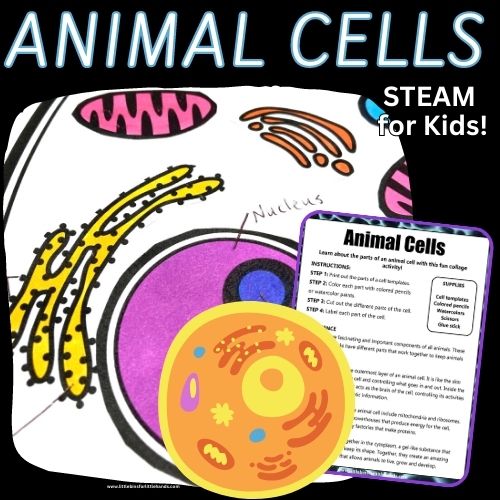
More Fun Balloon Experiments
Try one of these fun science experiments with any leftover balloons!
- Blow up a balloon
- Screaming balloon
- Make a balloon powered car
- Balloon rocket
- Make electric cornstarch
- Pop rocks and soda experiment
- Soda balloon experiment
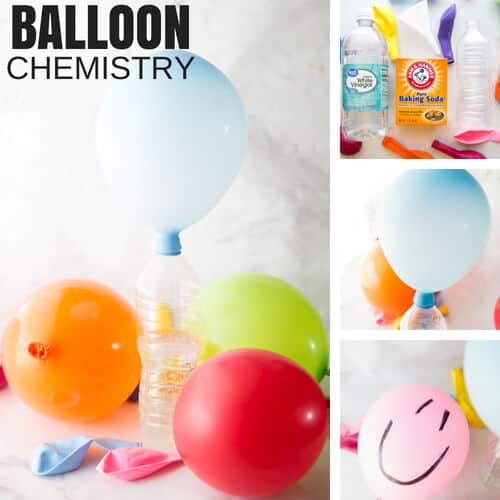
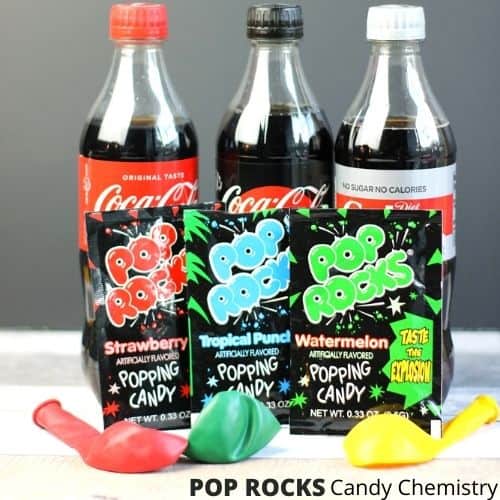
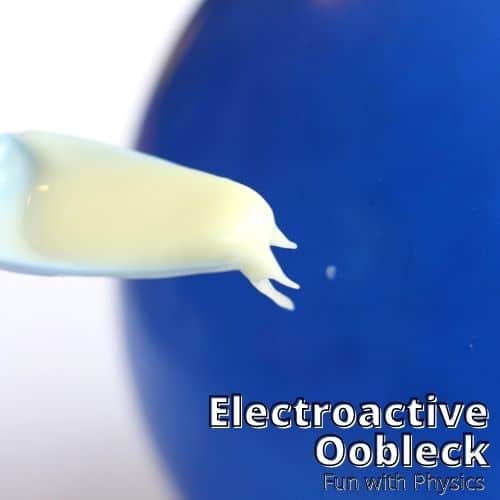
Printable Science Projects For Kids
If you’re looking to grab all of our printable science projects in one convenient place plus exclusive worksheets and bonuses like a STEAM Project pack, our Science Project Pack is what you need! Over 300+ Pages!
- 90+ classic science activities with journal pages, supply lists, set up and process, and science information. NEW! Activity-specific observation pages!
- Best science practices posters and our original science method process folders for extra alternatives!
- Be a Collector activities pack introduces kids to the world of making collections through the eyes of a scientist. What will they collect first?
- Know the Words Science vocabulary pack includes flashcards, crosswords, and word searches that illuminate keywords in the experiments!
- My science journal writing prompts explore what it means to be a scientist!!
- Bonus STEAM Project Pack: Art meets science with doable projects!
- Bonus Quick Grab Packs for Biology, Earth Science, Chemistry, and Physics


